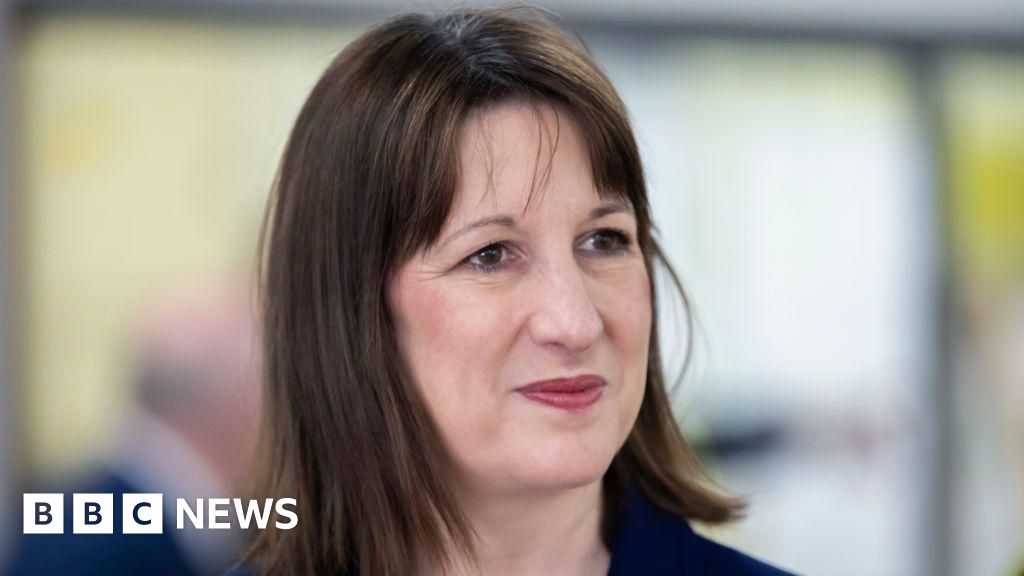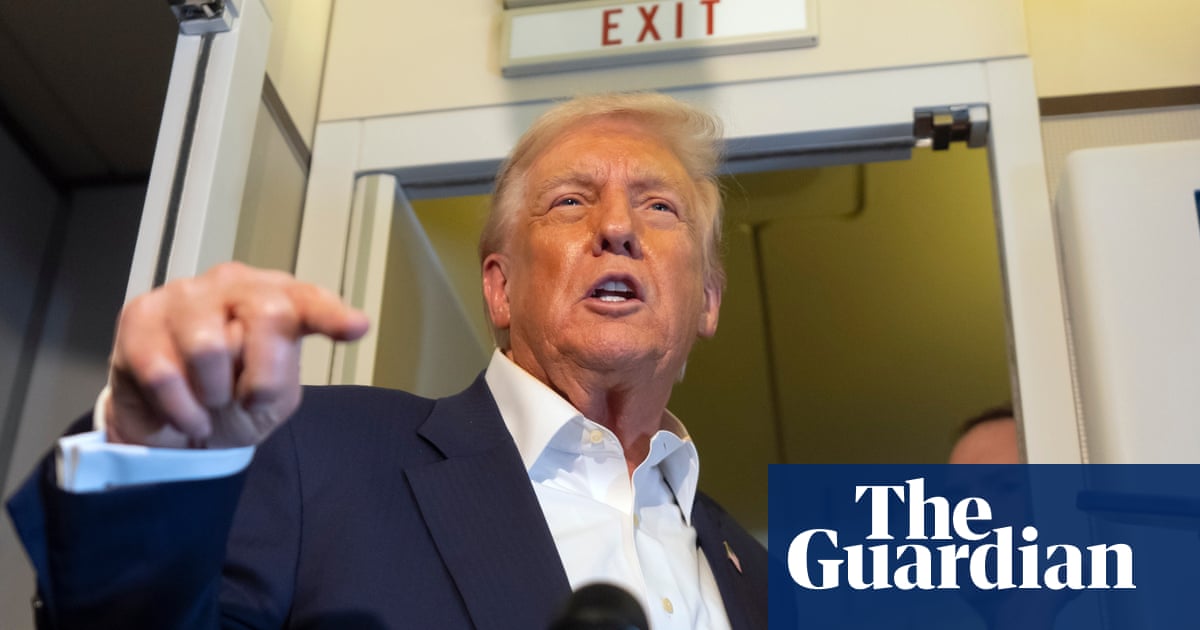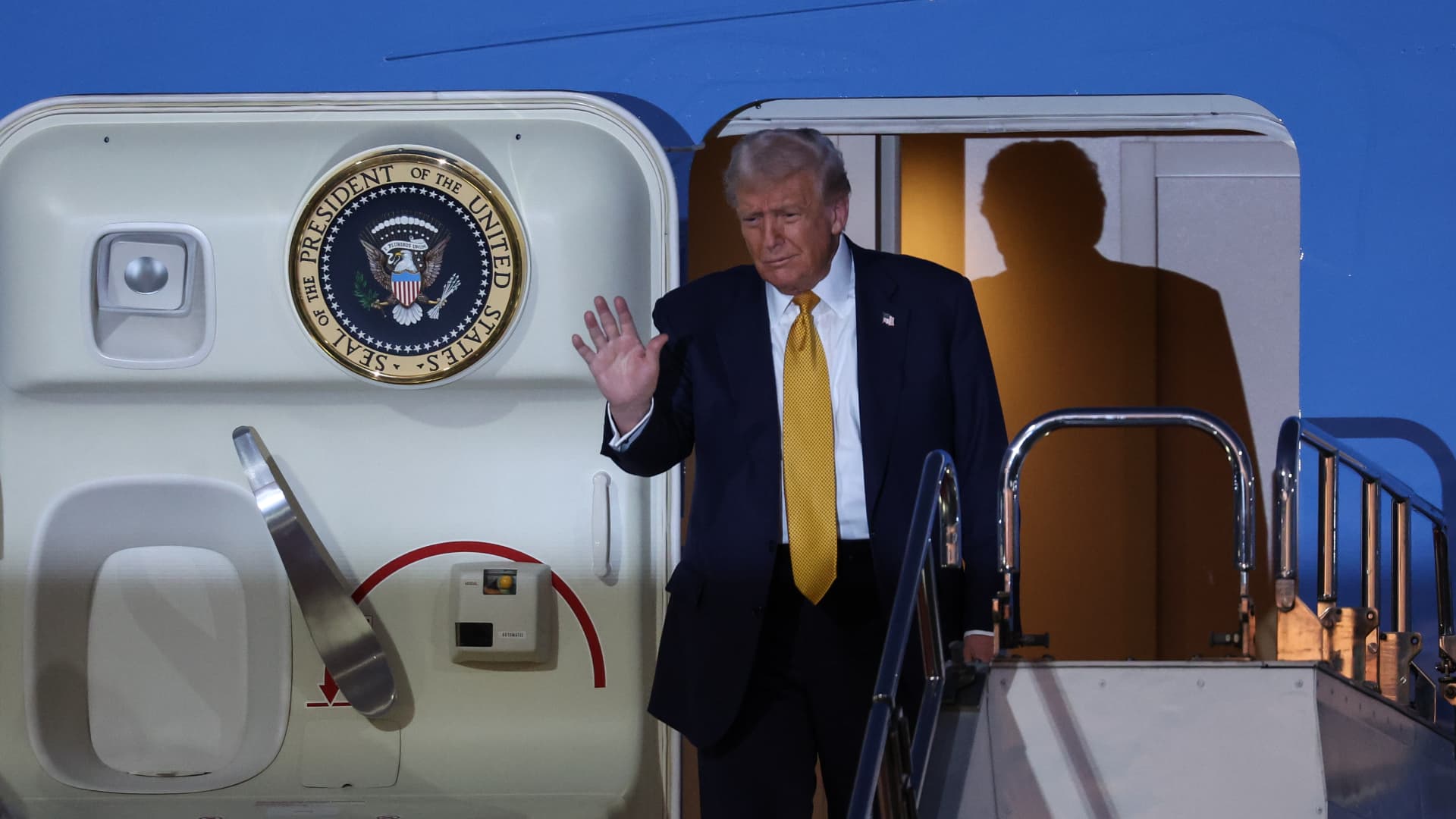Enjoying original works of art in a gallery can relieve stress, reduce the risk of heart disease and boost your immune system, according to the first study of its kind.
Researchers measured the physiological responses of participants while viewing…

Enjoying original works of art in a gallery can relieve stress, reduce the risk of heart disease and boost your immune system, according to the first study of its kind.
Researchers measured the physiological responses of participants while viewing…

Kyoto, Japan — Down here on Earth we don’t usually notice, but the Sun is frequently ejecting huge masses of plasma into space. These are called coronal mass ejections (CMEs). They often occur together with sudden brightenings called…

EPALINGES, Switzerland, Oct. 27, 2025 /PRNewswire/ — Onward Therapeutics SA, a clinical stage oncology company, today announced that its French subsidiary, Onward Therapeutics…

The chancellor is facing a larger-than-expected gap in initial Budget numbers as a result of long-running poor productivity in the UK economy.
The downgrade to productivity performance from the government’s official forecaster could lead to a £20bn gap in the public finances on its own, the BBC understands.
The Office for Budget Responsibility (OBR) will deliver its final draft forecast, showing the output of the economy per hour worked, to the Treasury on Friday.
The Treasury declined to comment on “speculation” ahead of the OBR’s final forecast, which will be published on 26 November.
It comes as speculation is growing over what choices Chancellor Rachel Reeves will take for tax and spending in the run up to her Autumn Budget.
The OBR previously assumed a partial bounce back in productivity growth, but it has never materialised.
This productivity assumption is essential to long-term growth prospects and so, under the current system, even a fraction of a percentage point change can alter how much money a Budget needs to raise by several billion pounds.
The OBR is understood to have downgraded this by 0.3 percentage points – a figure first reported by the Financial Times – bringing its assumption closer to that of the Bank of England.
The Institute for Fiscal Studies think-tank has calculated that for every 0.1 percentage point downgrade in the productivity forecast, public sector net borrowing would increase by £7bn in 2029-30 – meaning a 0.3 point cut could add £21bn to the Budget hole.
The changes open up an initial gap of some £20bn, rather than the £10-£14bn widely anticipated.
Such a hole could be plugged by hiking taxes, reducing public spending or increasing government borrowing.
Reeves admitted on Monday to business leaders in Saudi Arabia that the OBR was “likely to downgrade productivity” which has been “very poor since the financial crisis and Brexit”.
The OBR is expected to explain the decision in detail, but some ministers have privately pointed out that if it had done this earlier, different choices could have been made at this summer’s Spending Review.
There are many other moving parts in the Budget which may lean in the other direction, such as the decline in the interest rates paid on government debt.
However, with other pressures such as the U-turns on welfare spending and a desire to rebuild a bigger buffer in the public finances, speculation is pointing towards significant tax rises including some possible breaches of manifesto commitments, points towards significant tax rises, including possible breaches of manifesto commitments like income tax.
The Treasury will inform the OBR of its first draft Budget measures next week.

Scientists have discovered special life forms thriving under Arctic sea ice. Until now, their presence in these dark and frigid conditions wasn’t thought possible, and the findings could have global implications for the climate.
Nitrogen gas…

More threat intel teams are sounding the alarm about a critical Windows Server Update Services (WSUS) remote code execution vulnerability, tracked as CVE-2025-59287 and now under active exploitation, just days after Microsoft pushed an emergency…

Donald Trump has described Vladimir Putin’s announcement of a nuclear-powered cruise missile test as “not appropriate” amid growing tensions between Moscow and Washington.
Putin said on Sunday that Russia had successfully tested its…

U.S. President Donald Trump meets with Japan’s Emperor Naruhito at the Imperial Palace in Tokyo on Oct. 27, 2025.
Kazuhiro Nogi | Afp | Getty Images
Japan’s Nikkei 225 is set to continue its record-breaking climb above the 50,000 mark on Tuesday as U.S. President Donald Trump is set to meet with newly minted Japanese Prime Minister Sanae Takaichi.
Futures signaled further gains for Tokyo stocks, with the Nikkei contract in Chicago at 50,700 and its Osaka counterpart at 50,520, compared with Monday’s close of 50,512.32.
Trump met Japan’s Emperor Naruhito after arriving in Tokyo on Monday and will be the first foreign leader to hold talks with Takaichi since she took office.
Other Asia-Pacific markets are set to open mixed on Tuesday, despite gains on Wall Street that saw all three major U.S. indexes reach record closing highs.
Hong Kong Hang Seng index futures were at 26,534, higher than the HSI’s last close of 26,433.7.
Australia’s S&P/ASX 200 started the day down 0.21%.
Overnight in the U.S., the S&P 500 climbed 1.23% to 6,875.16, its first close ever above the 6,800 level.
The Nasdaq Composite rallied 1.86% to 23,637.46, bolstered by a rise in Nvidia and other chip stocks. The Dow Jones Industrial Average jumped 337.47 points, or 0.71% to 47,544.59.
Key market catalysts loom ahead this week, including Big Tech earnings, a Federal Reserve rate decision and a potential China trade deal.
— CNBC’s John Melloy, Sean Conlon and Liz Napolitano contributed to this report.